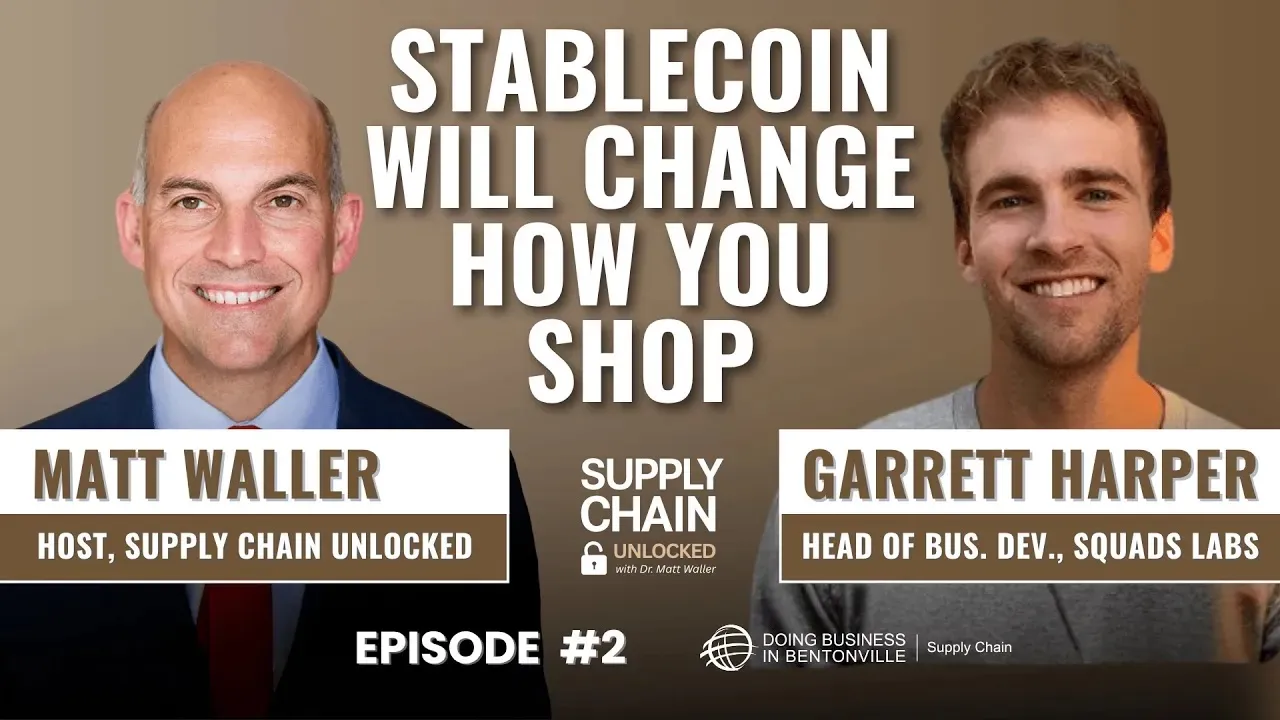According to a Retail Dive report, U.S. shoppers are entering the 2025 holiday season with heightened caution due to inflation, tariff impacts, and job market instability. Consumer sentiment has dropped roughly 6% in November, according to the University of Michigan, with pessimism spanning all demographics except high-asset households.
Early Starts and “Buy Now, Pay Later” Surge
To navigate tighter budgets, more than 40% of consumers are shopping earlier than usual, often before Thanksgiving. According to Circana, only 20% plan to wait until December—marking a 4-year low for late-season shopping.
Additionally, over 75% of consumers now use Buy Now, Pay Later (BNPL) services, with PayPal reporting that BNPL increases conversion rates despite risks to both shoppers and small retailers.
Value Over Impulse
Consumers are cutting back sharply on discretionary spending, especially in categories like apparel, travel, and electronics. According to William Blair research, 60% are spending less on clothing—up nearly 30% from last year.
Holiday purchases are more promotion-driven than ever, with shoppers waiting for events like Black Friday to score deals, often opting for value and necessity over impulse.
Omnichannel Implications
This behavioral pivot affects omnichannel retailers, including Walmart, Target, and others, in key ways:
- Earlier and prolonged deal windows require adaptive marketing and inventory strategies.
- BNPL usage increases both digital conversion rates and customer credit exposure.
- Promotions and pricing transparency across store, app, and delivery channels become central to success.
Retailers that align messaging, logistics, and payments flexibility across all channels stand to win cautious yet value-focused holiday shoppers.









